A recent customer of R3 Data Recovery dropped of a SanDisk Cruzer USB memory stick. These are small popular devices now days as they have a funky design.
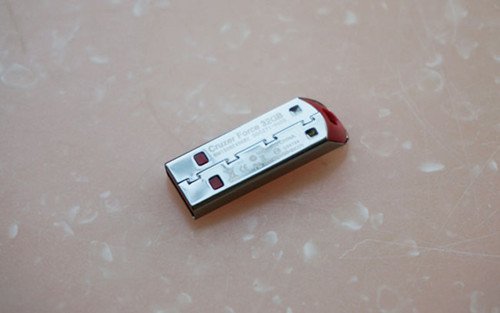
A quick inspection revealed a problem… no internal electronics! The printed circuit board was missing, presumed either still attached to a USB port of dropped out and lost forever.
We have seen this problem before and can only say if you own one of these funky devices please take precautions when handling them.
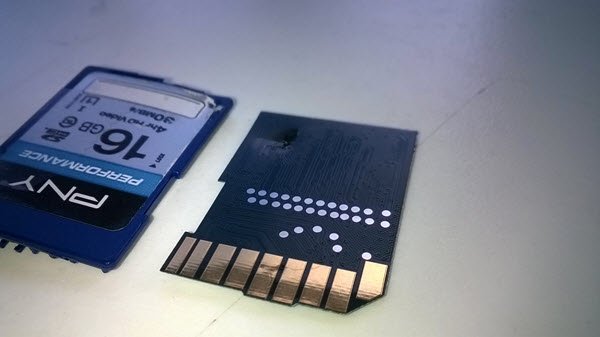
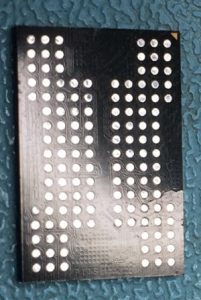 The damage to the plastic casing turned out to be more than superficial and once this packaging was removed the printed circuit board was heavily damaged and the only option to remove the single component that holds the precious data that is the Nand flash memory chip.
The damage to the plastic casing turned out to be more than superficial and once this packaging was removed the printed circuit board was heavily damaged and the only option to remove the single component that holds the precious data that is the Nand flash memory chip.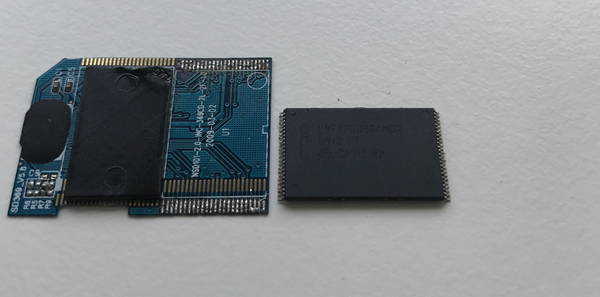

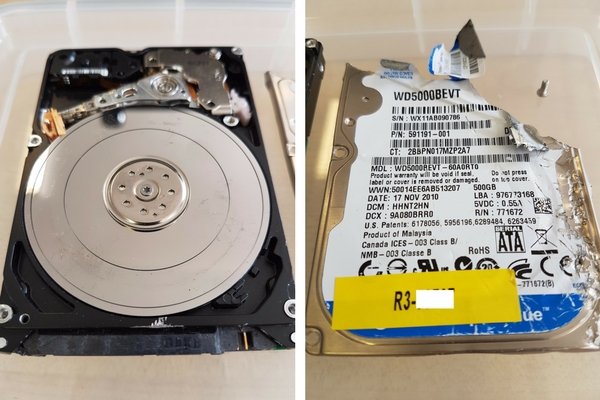
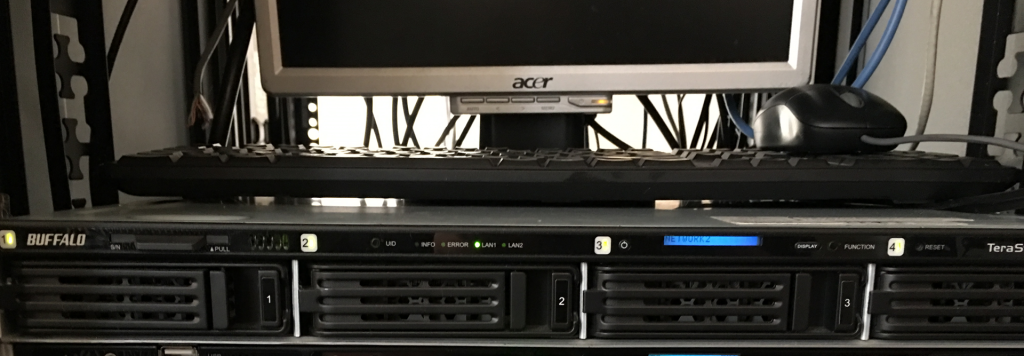
 An external hard drive recovery service should employ the best technicians who are capable of recovering data from damaged, failing or corrupted
An external hard drive recovery service should employ the best technicians who are capable of recovering data from damaged, failing or corrupted 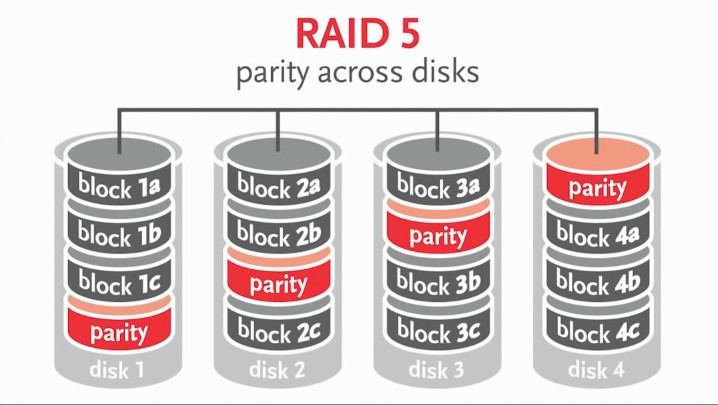
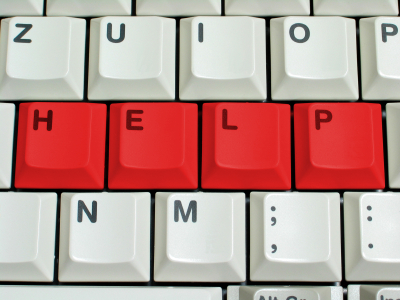 Data stored in computers, laptops, and servers can sometimes get compromised by mistake or some other unforeseen means. Luckily, there are companies that are dedicated to carrying out
Data stored in computers, laptops, and servers can sometimes get compromised by mistake or some other unforeseen means. Luckily, there are companies that are dedicated to carrying out 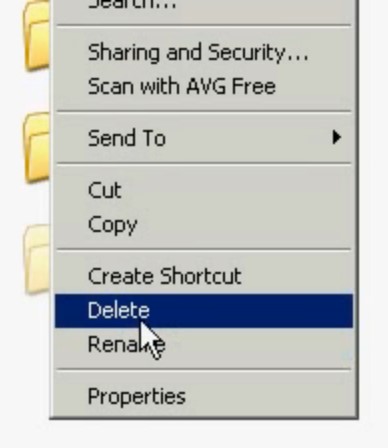 Have you ever mistakenly deleted a file and wished there was some way to
Have you ever mistakenly deleted a file and wished there was some way to 